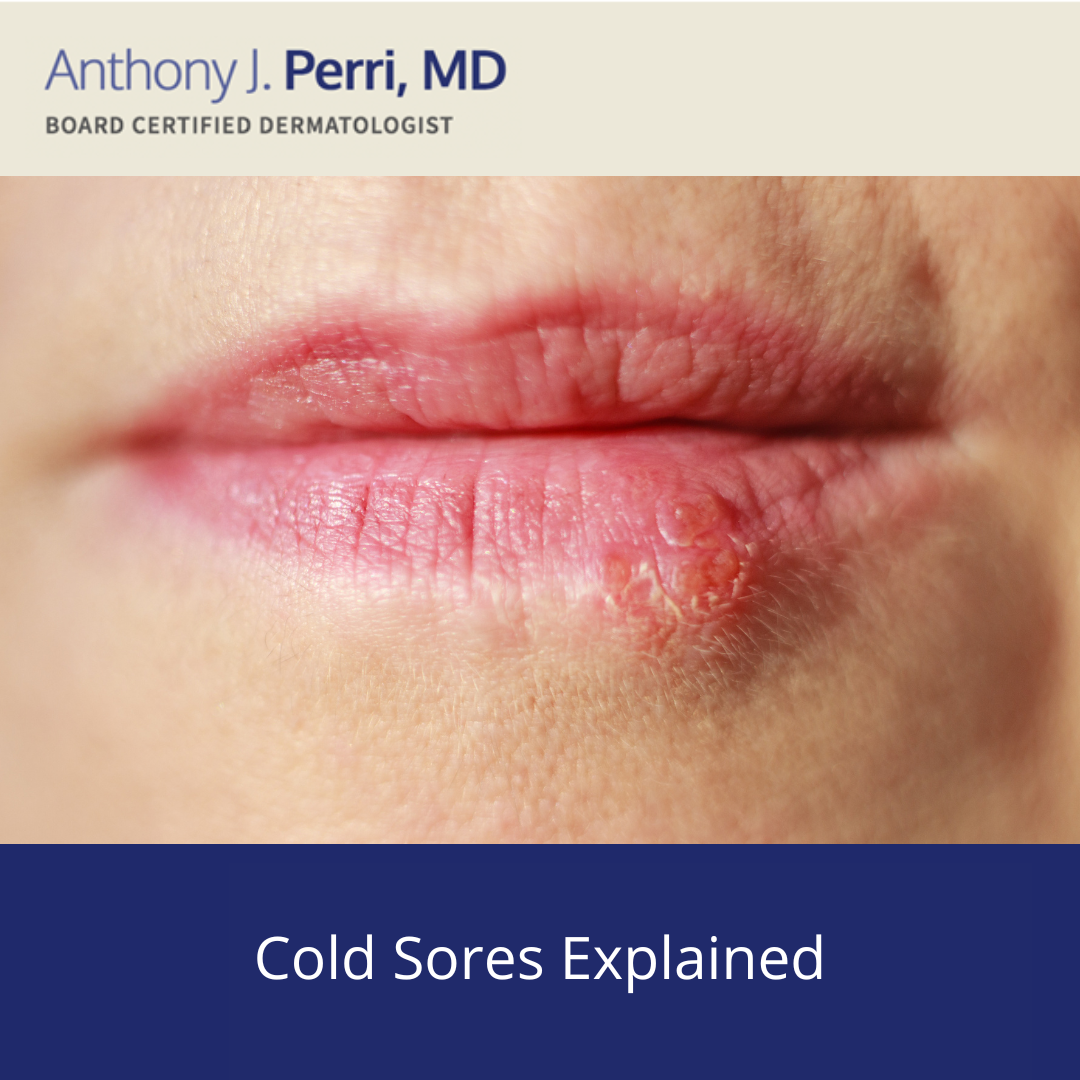Sebaceous Hyperplasia is one of the most common skin lesions I encounter in both my The Woodlands dermatology and Conroe dermatology offices. Sebaceous Hyperplasia are enlarged sebaceous glands that coalesce into small yellow papules usually on the central face, especially the forehead and cheeks. Sebaceous Hyperplasia can even occur in ectopic locations such as the oral mucosa (Fordyce Spots), the penis (Tyson’s Spots), and the nipple (Montgomery Tubercles). Sebaceous Hyperplasia usually does not occur until adulthood and the lesions are benign but can clinically mimic the appearance of Basal Cell Cancers so they are occasionally biopsied. Hygiene practices have no effect on the occurrence of Sebaceous Hyperplasia and they can be inherited in some families. Cyclosporine is an immunosuppressive medicine that can induce Sebaceous Hyperplasia. Treatment of Sebaceous Hyperplasia can be accomplished through a device called a Hyfrecator, that we have in our dermatology offices, which applies electric current to the sebaceous hyperplasia lesions. They can also be treated with laser and shave removal.
February 13, 2011

Medically reviewed by Anthony J. Perri, M.D.
You May Also Like



Request a Consultation (Sidebar)
Recent Posts
Categories
- Uncategorized (568)
Tags
acne (5)
acne treatment (2)
acne vulgaris (2)
biopsy (2)
Coldsores (1)
cold urticaria (1)
common skin conditions (11)
dermatologist (12)
dermatology (3)
dr. perri (8)
eczema (2)
filiform (1)
flat (1)
health (1)
Herpes (1)
herpessimplex (1)
hives (2)
indentification (1)
keratosis pilaris (1)
moles (2)
periungual (1)
perri dermatology (10)
plane (1)
plantar (1)
prevention (2)
rashes (2)
rosacea (3)
rosacea therapy (2)
seborrheic keratoses (1)
skin cancer (3)
skin care (1)
skin checks (7)
skin condition (6)
skin conditions (8)
skin damage (2)
skin exam (6)
skin therapy (1)
summertime (3)
sunburn (3)
sunburns (2)
sunscreen (2)
virus (1)
warts (2)
why perri dermatology (3)
woodlands dermatologist (6)
